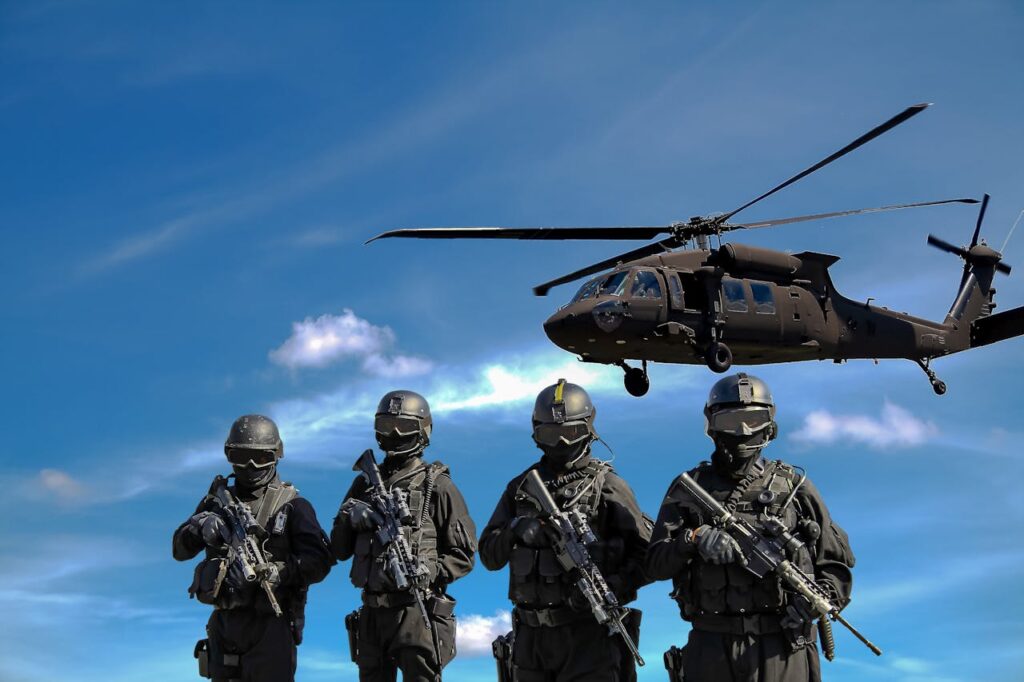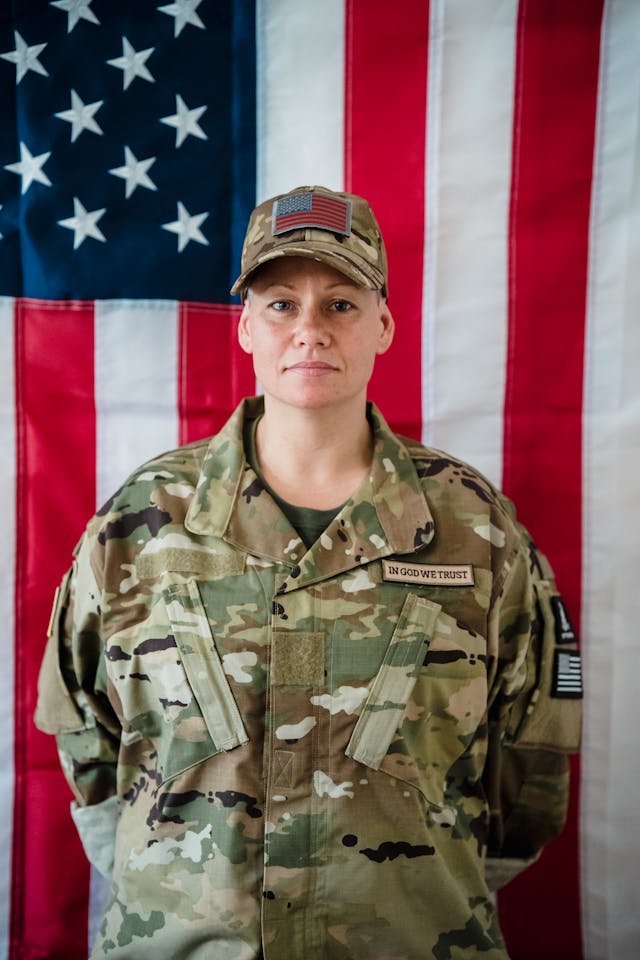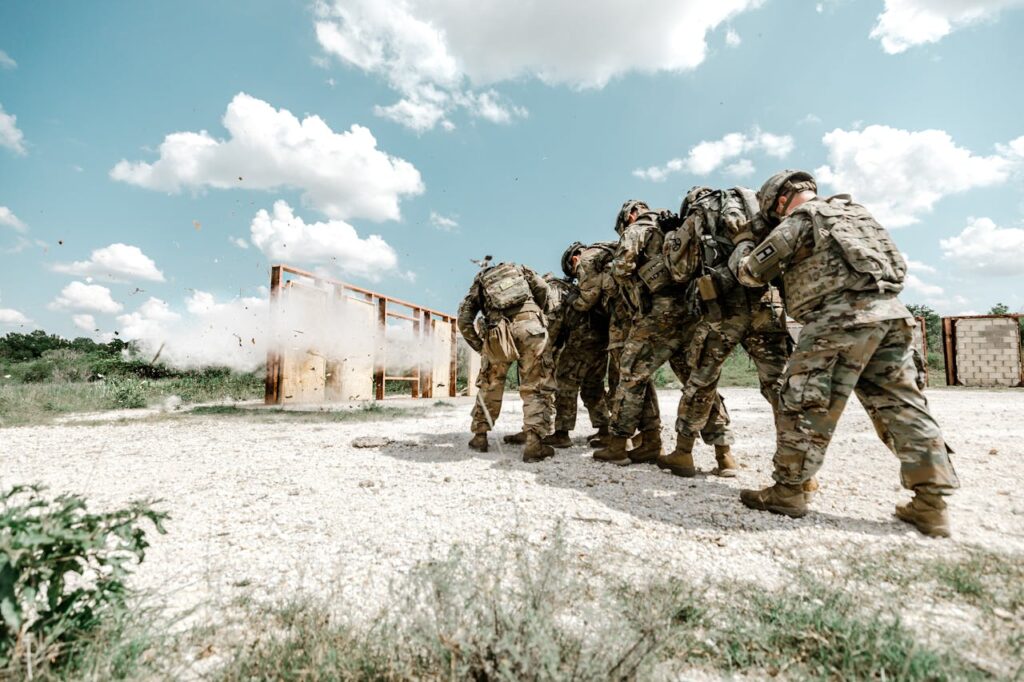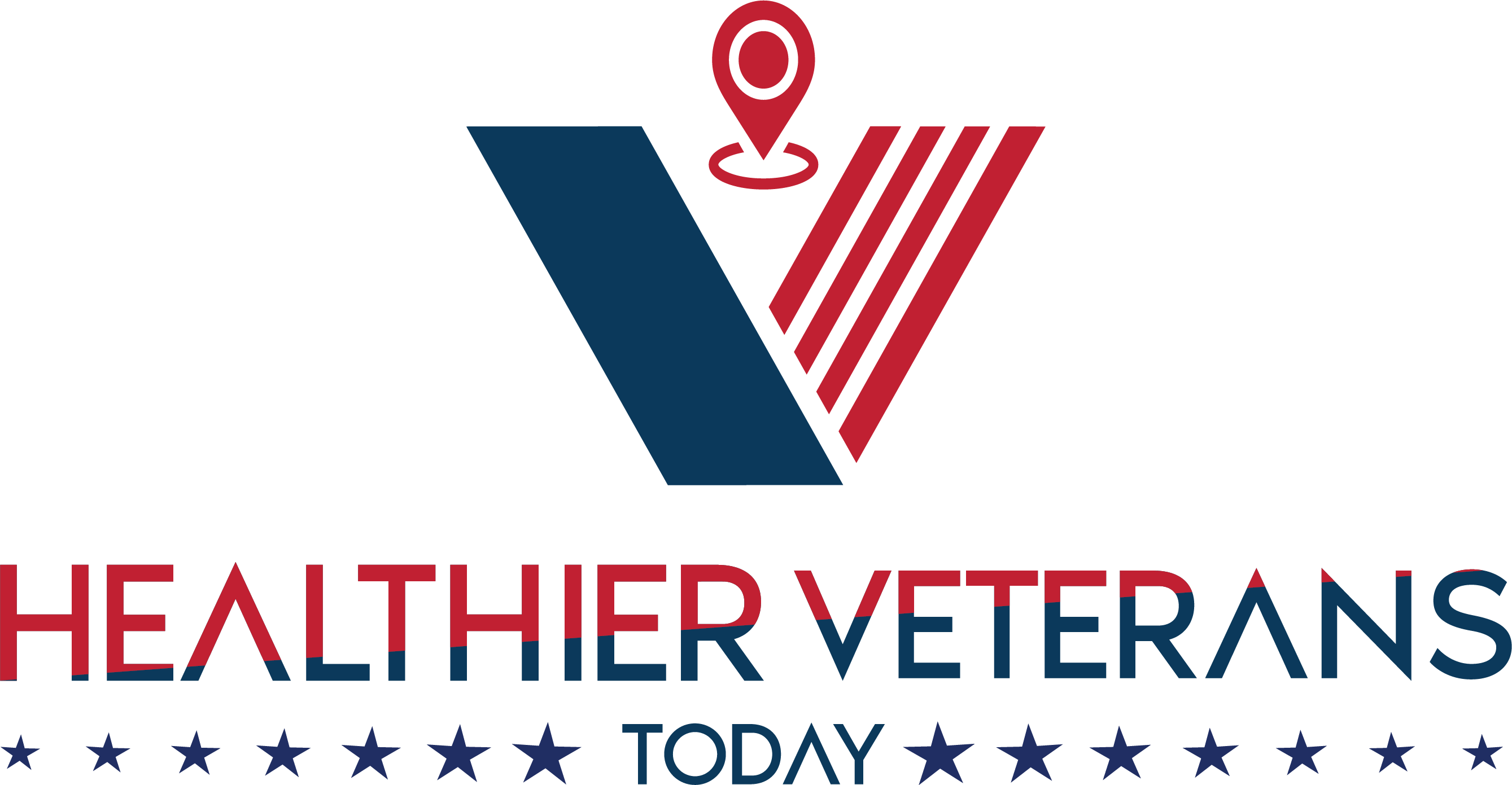Want to travel back in time and discover how things were done in the past? Keep reading as we delve into the present and future! Veterans are crucial to society for sacrificing bravely and loyally for their nation. Supporting veterans has changed drastically over time. Government policies, cultural views, advancing social services, and medical progress shaped these shifts. We’ll explore veteran services’ history, the past, present, and future, examining how support networks evolved.
Table of Contents
The Past

In ancient societies, soldiers were sometimes rewarded for their service with land grants, pensions, or other benefits. For example, ancient Rome had “veteran colonies,” where retired warriors received property as payment for their military service. These early systems gave rise to the concept of providing veterans of the armed forces with genuine awards.
The Aftermath of World War I: The Birth of Formalized Support
Many veterans returned from World War I with money issues, disabilities, and mental problems. Society worried that veterans couldn’t find jobs or adapt to normal life. So, governments made official groups to help veterans. The US created the Veterans Administration (VA) in 1930. Its main goal was to provide healthcare and disability help to World War I veterans.
World War II and the GI Bill: Transformative Legislation
The Second World War led to significant changes in veteran care through laws like the GI Bill. This act helped many former soldiers access benefits. It enabled them to attend university and get job training. The GI Bill supported their financial future after serving. Not only did it impact individual veterans, but society too. It assisted the shift from wartime to peacetime. The economy grew rapidly after the war due to this law.
The Present

The Role of the VA: Centralized Healthcare and Support
The VA helps many veterans and their families. It offers lots of services like rehab, mental health help, getting money for disabilities, and healthcare. The VA has many hospitals and clinics so vets can get care wherever they live.
Non-Profit Organizations: Filling in the Gaps
Charities, groups that support causes, and businesses are very important friends of government services for veterans. They help make veteran aid programs better. These groups give help like places to live, talks to feel better, fun activities to help, and support to find a job. They often give special help to certain groups of veterans or their needs. Some groups are the Wounded Warrior Project, Veterans of Foreign Wars (VFW), and the Gary Sinise Foundation, and more.
Challenges and Areas for Improvement:
Yes, resources exist, yet helping veterans stays very hard. Homelessness troubles many, returning to civilian life. Securing long-term housing proves tricky. Plus, substance abuse and mental health struggles are every day. Military experiences often worsen these issues.
For numerous soldiers, especially those with disabilities or specialized skills, civilian work transition poses great difficulty. Despite improving job training and placement efforts, underemployment and joblessness rates remain high. Barriers to employment persist.
Critiques of Government-Run Services:
Many vets get help from the VA, but some criticize its programs. They worry about things like long waits, too much paperwork, and trouble getting care. Advocates and vets say some VA places give better care than others, which shows that changes are needed for the VA to improve its programs.
The Future

Harnessing Technological Advancements: Telemedicine and Digital Health Platforms
New tech can change how soldiers get healthcare. They can use telemedicine and digital health tools. Vets can get special care and talk with doctors online. They can also monitor their health and live in far places. These tools can help all vets get good healthcare.
Addressing Mental, Emotional, and Social Well-being
Day by day, we see how key it is to treat vets in ways that look at their full health. This means caring for their body and mind, as well as their feelings and how they connect with others. More and more people want to make getting help for the mind easier and to make it less of a bad thing to talk about mind troubles. If services for vets bring to mind health checks, talking help, and support groups into their normal care, they can help those who went through hard times and shock while in the army in a better, more rounded way.
Inclusivity and Cultural Competence
The veteran population is changing, with more women, minorities, and LGBTQ+ individuals joining the military. This calls for veteran services to be inclusive and culturally competent. It’s important to cater to the unique needs of each group by providing equal treatment, gender-specific healthcare, and promoting diversity and inclusivity in veteran organizations and healthcare settings.. As women, minorities, and LGBTQ+ individuals enlist in the military, it is imperative to create support initiatives to the unique requirements and experiences of each of these groups.
Adapting to Global Challenges
Future challenges for veteran services could come from two global issues: geopolitical instability and climate change. Environmental factors such as severe weather and natural disasters may exacerbate mental health issues among veterans, and geopolitical instability may increase the number of military deployments and war-related casualties. Veteran services must remain fluid and adaptive, always evaluating and updating its support networks to meet the ever-changing needs of veterans in an ever-changing world.
Conclusion

Veterans have given so much for their country. We must honor them properly. Veteran services evolved a lot over time. They began very small. Now, there are big support systems. This shows society cares about veterans. We must never forget sacrifices veterans made. Building on past success is key when looking ahead. New challenges always arise for former soldiers. Innovation and inclusion help support veterans and families better. With a strong effort, we ensure soldiers get full respect and aid.





